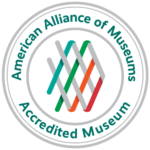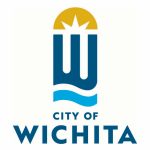Where We Belong:
Refugee Stories from Wichita
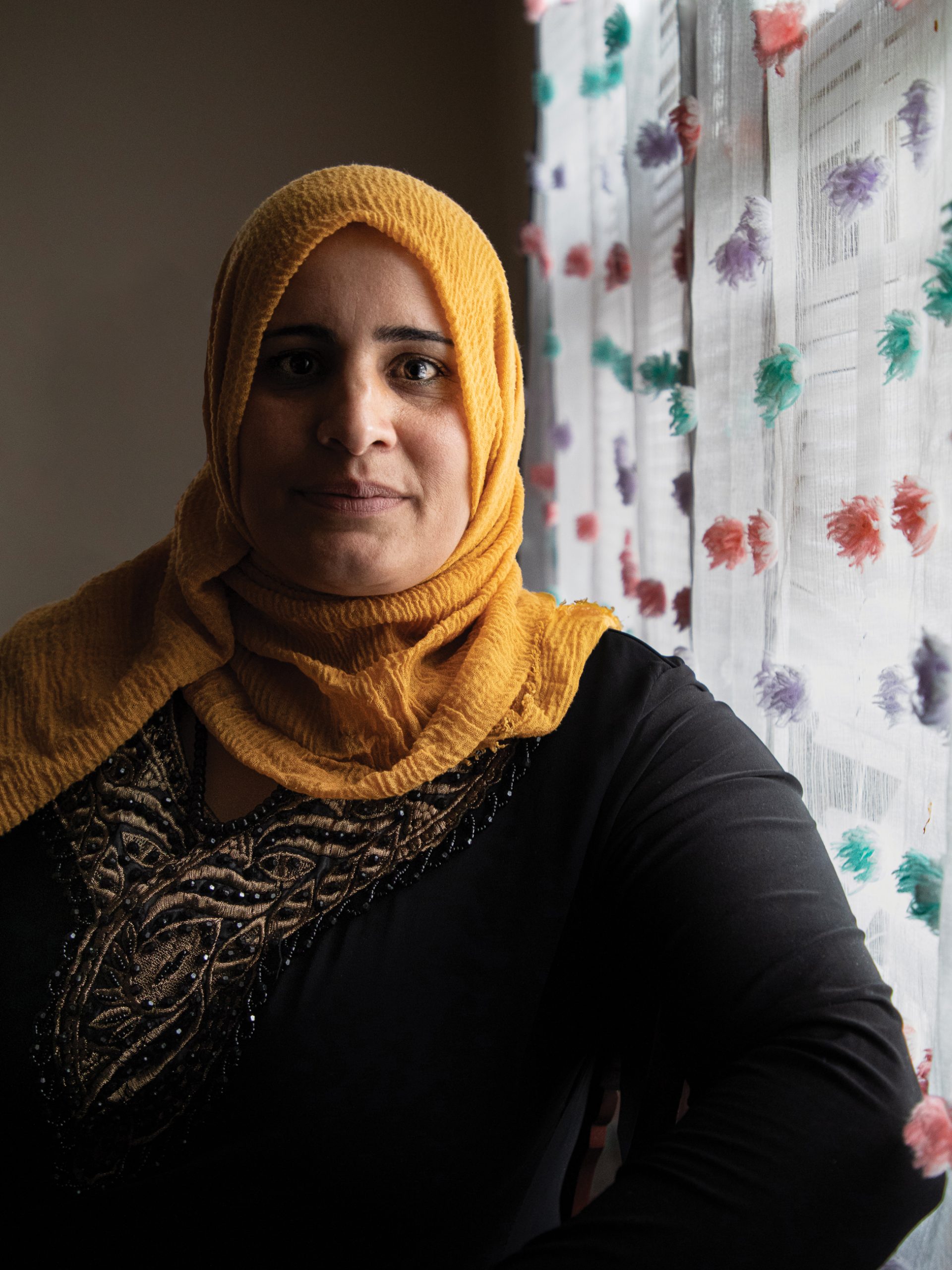

Public Programs
will be accompanied by the following public events. Unless otherwise noted, all programs take place at the Ulrich Museum of Art. All Ulrich Museum programs are free and open to the public.
Thursday, September 21
Reception @ 5:30 p.m. | Program @ 6 p.m.
Mythili Menon: Bringing Research into the Community: The Work of the Center for Educational Technologies to Assist Refugee Learners (CETARL)
Tuesday, October 24
Reception @ 5:30 p.m. | Program @ 6 p.m.
Yeni Silva-Renteria: The International Rescue Committee & Refugee Resettlement in Wichita
Thursday, October 26
Noon – 2 p.m.
International Rescue Committee Volunteering Drop-In Information Session
Tuesday, November 7
Reception @ 5:30 p.m. | Program @ 6 p.m.
Hong Tien Vu: Increasing Digital Literacy in Refugee Communities
Saturday, December 2
2 p.m. @ CAC Theater on WSU Campus
Film Screening: Midnight Traveler (2019, directed by Hassan Fazili). Presented in partnership with PBS Kansas.
Educational Opportunities
The Ulrich Museum offers free guided tours of its exhibitions to K-12 students; university students, faculty, and staff; and community groups. For K-12 groups, we offer bus reimbursements of up to $300 to assist with the cost of transportation to the museum. If you are interested in visiting this or other Ulrich exhibitions on a guided tour, visit the schedule a tour page or contact ulrich.education@wichita.edu with additional questions.
Co-Curators’ Introduction:
Ksenya Gurshtein + Mythili Menon
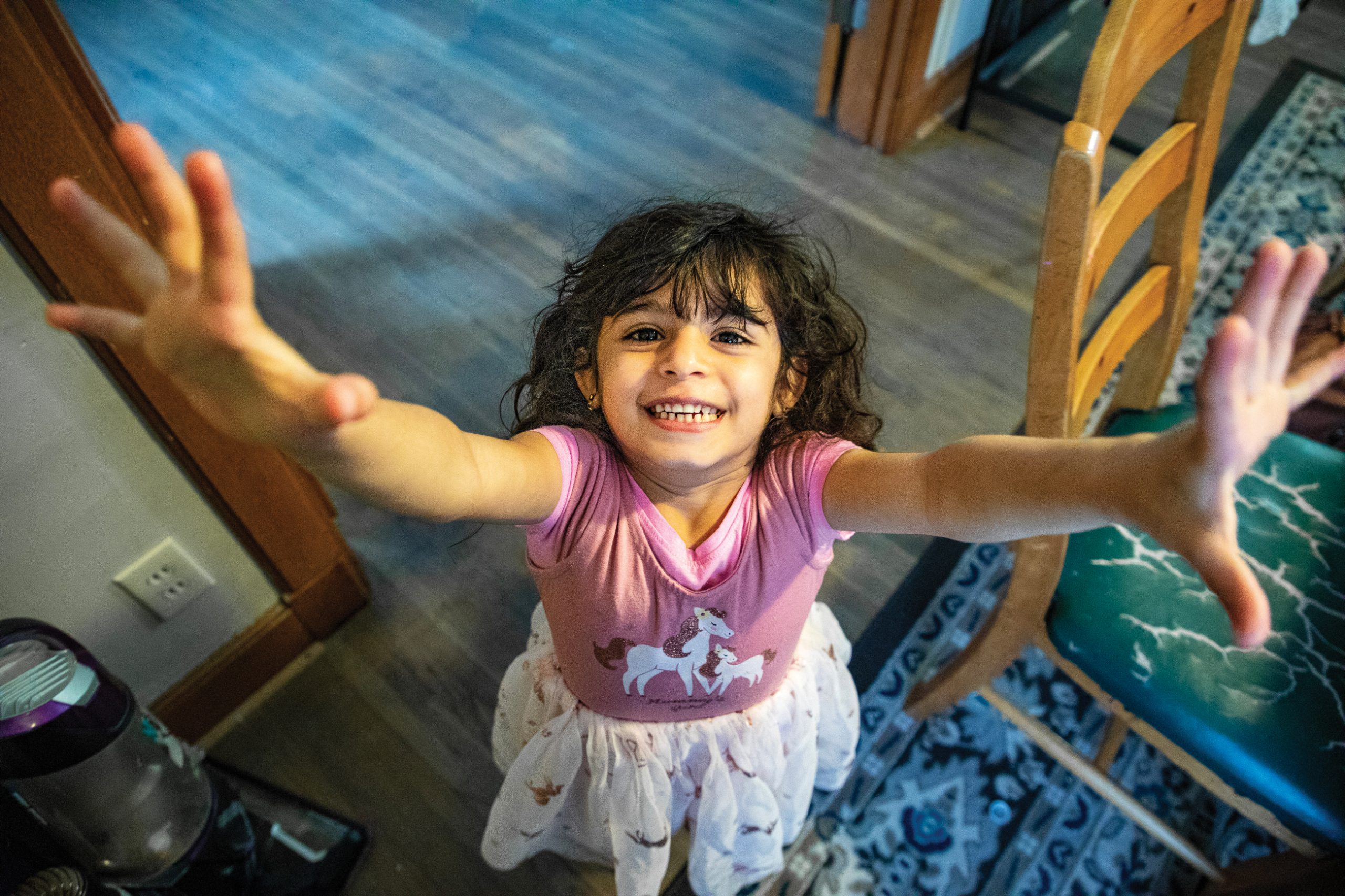
This project is a collaboration between the Ulrich Museum of Art, where Ksenya Gurshtein is the Curator of Modern and Contemporary Art, and the Center for Educational Technologies to Assist Refugee Learners (CETARL), established and led at Wichita State University by Mythili Menon.
The desire to tell the stories of refugees who have come to Wichita in recent years came from our discussions of CETARL’s pioneering work, which dovetailed with the Ulrich’s interest in highlighting impactful research done at WSU and reaching new audiences both on and off campus.
The topic also felt personal to both of us. We are immigrants who have created new lives in places different from where we grew up. We know how hard moving to a new country can be, even when done by choice and with preparation. People who become refugees and asylees due to war, violent conflict, or natural disasters have no choice, time, or resources when facing their challenges. With this project, we hoped to provide further visibility to their experiences and help our fellow Wichitans understand the lengthy and tedious process of integration for their refugee and asylee neighbors.
We structured the exhibition around the first-person accounts of five refugee and asylee families resettled in Wichita. These families come from different parts of the globe: Afghanistan, The Democratic Republic of the Congo, Syria, Ukraine, and Venezuela. They are representative of the diversity of the community of over 2,500 refugees resettled in recent years in greater Wichita. The International Rescue Committee (IRC) is the NGO responsible for administering the resettlement of all the families we interviewed, and we are very grateful for the assistance we received from IRC staff.
For consistency, we kept all participants anonymous. We also respected the wishes of family members who did not want to be photographed or recorded.
The last piece of the exhibition consists of demonstrations of Gorilla Bay, the bilingual, digital game-based learning platform created by CETARL for refugee and asylee children in Wichita. It showcases one way in which U.S. communities can take proactive approaches to assist refugees with integration.
Throughout the process of creating this exhibition, photographer Kendra Cremin was an invaluable partner in this project. Kendra contributed all the photographs and videos, which are a testament to her abilities as an engaged and empathetic observer. We are deeply grateful for her collaboration.
Through the interviews, we documented the resilience of these forcibly displaced people. We also tried to create a space for them to consider how they might achieve a new sense of belonging in the American Midwest. We asked them to tell their stories in their own languages and decided to present their voice through a variety of media: photographs, text, and video recordings, both in their languages and translated into English.
We asked each family:
- What is your background?
- How do you like living in Wichita?
- How different is life in Wichita/ the U.S. than your home country?
- What do you enjoy most about your new home?
- What do you miss the most about your old home?
Because of the complex legal processes refugees and asylees undergo, some participant families asked to remain anonymous.
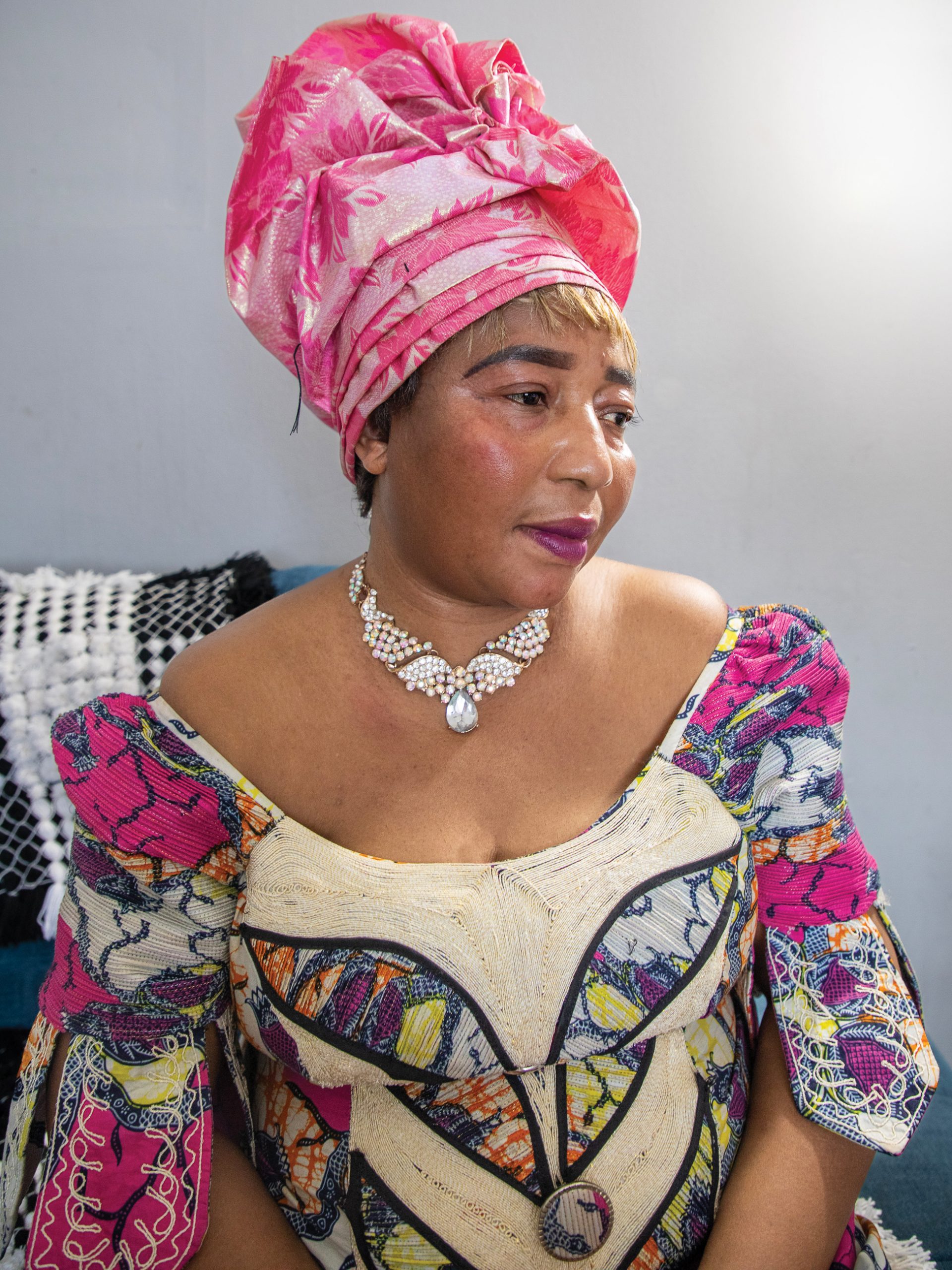
Leaving Home
According to the United Nations High Commissioner for Refugees (UNHCR), refugees are individuals fleeing violent conflict or persecution. Asylees are people who meet the definition of refugees but are already present in the United States.
The United Nations (UN) estimates 110 million people have been forcibly displaced worldwide (UNHCR, 2019). Until 2016, the United States led the world’s most extensive refugee resettlement program. African refugee admissions to the United States steadily increased from 1975 to 2016 (Krogstad, 2017). In 2016, the largest group of refugees was from the Democratic Republic of the Congo (DRC), with approximately 16,370 refugees. From 2012-2019, about 500,000 refugees were resettled in the U.S., out of which 1,913 arrived in Wichita, the largest city in Kansas (U.S. State Department, 2019). Under the Trump administration, refugee resettlement in the U.S. effectively stopped. Recently, the Biden administration increased the refugee resettlement limit to 125,000 refugees for fiscal year 2022.
Many refugees spend years living in overcrowded refugee camps. These are temporary facilities built as a response to specific emergencies. UNHCR chooses and recommends countries for resettling the most vulnerable refugees in these camps, often women and families with children. This option is only available to four percent of displaced people in the world. The refugee resettlement process in the U.S. is rigorous and lengthy – on average, taking two years. Eight federal agencies are involved in screening refugee applicants and admitting them into the country; each refugee undergoes three in-person interviews with the Department of Homeland Security, which decides in which city to place the refugee.
With current and looming global issues continuously exacerbating refugee crises, displaced people can find it challenging to successfully grow roots in a new country and culture. How do they integrate into a new society different from their own, such as the United States? How can they assimilate before overcoming language and cultural barriers? How can the communities that refugees and asylees enter assist with integration?
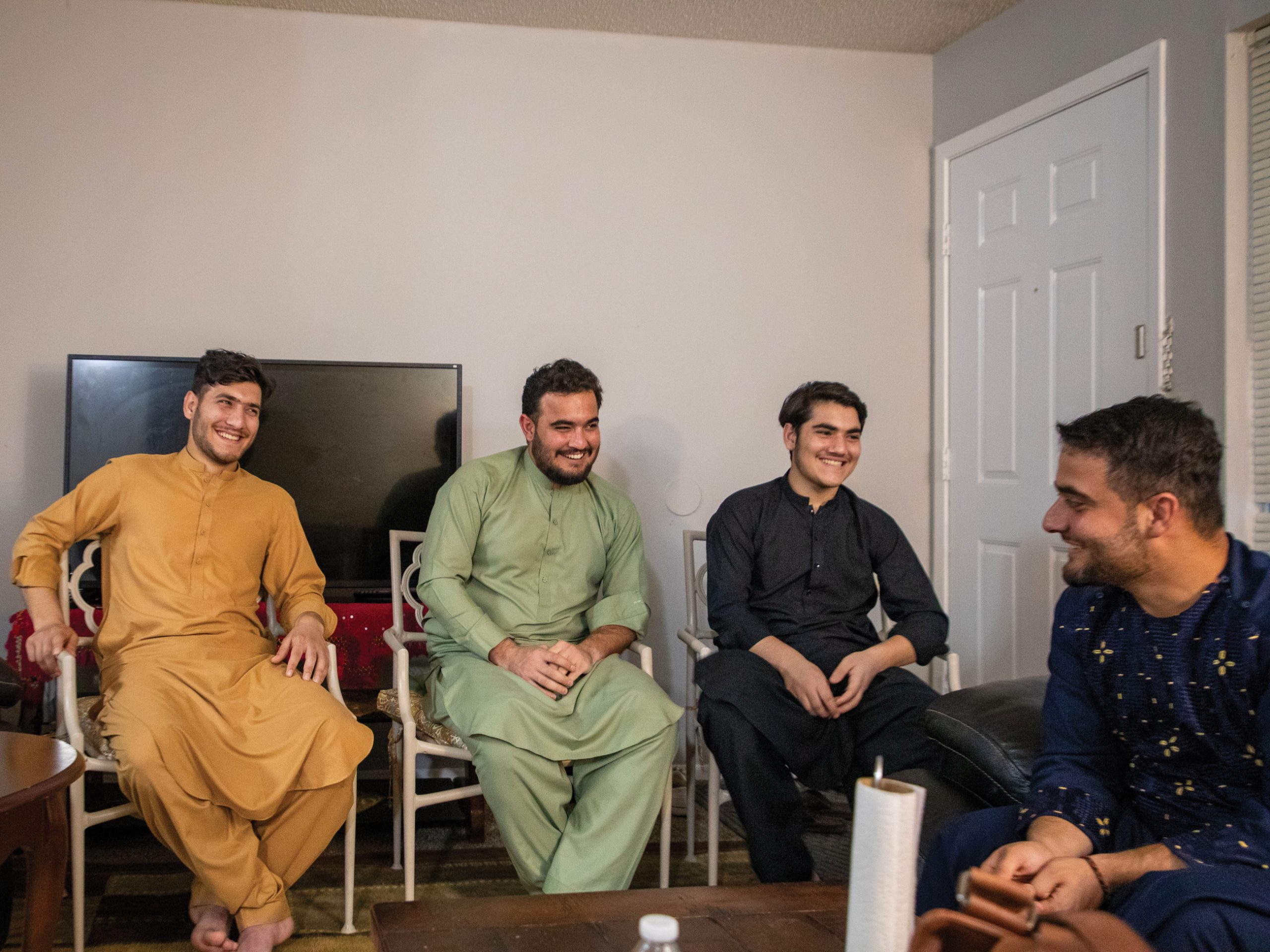
Resources in Wichita
Once refugees arrive in their new home, many humanitarian and local organizations, such as the IRC, help in the resettlement process in partnership with the U.S. Department of State and Bureau of Population, Refugees, and Migration and their state-level offices. The complete list of resettlement agencies working in Kansas can be found on the Kansas Office for Refugees (KSOR) website: ksor.org. Other organizations, such as the United Way of the Plains and the First Presbyterian Church in Wichita, assist in efforts to help refugees integrate into Kansas society.
Since the IRC in Kansas began resettling people in 2011, the office has welcomed over 2,500 individuals in greater Wichita, and over 5,000 individuals have been resettled in Kansas by all the agencies active here. Wichita has vibrant and relatively large Congolese, Afghani, Eritrean, and Iraqi communities, that depend on the IRC-W office for assistance in accessing educational and job growth opportunities. The diversity of the refugee community in Wichita is reflected in the variety of languages they speak, the most common being Kiswahili (spoken widely in parts of Africa), Pashto and Dari (Afghanistan), Somali (Somalia), and Kinyarwanda (Rwanda).
Wichita is the third largest resettlement city in the U.S. among cities with an IRC presence. Since 2016, the majority of the refugees have come from the DRC, followed by Eritrea, Afghanistan, and Somalia. However, in the past year, there has been an uptick of refugees from Afghanistan and Ukraine who have been granted humanitarian parole under the U.S. Secretary of Homeland Security.
The IRC has assisted millions of people around the globe since its founding in 1933. In the U.S., it provides services to close to 50,000 people annually. Each office is place-based, collaborating with clients and communities to develop culturally congruent and linguistically accessible programming wholly integrated into the local service landscape. The IRC in Wichita has many culturally and linguistically diverse staff who speak more than ten languages, have a significant network of partners and service providers, and have a robust network of employers in the community.
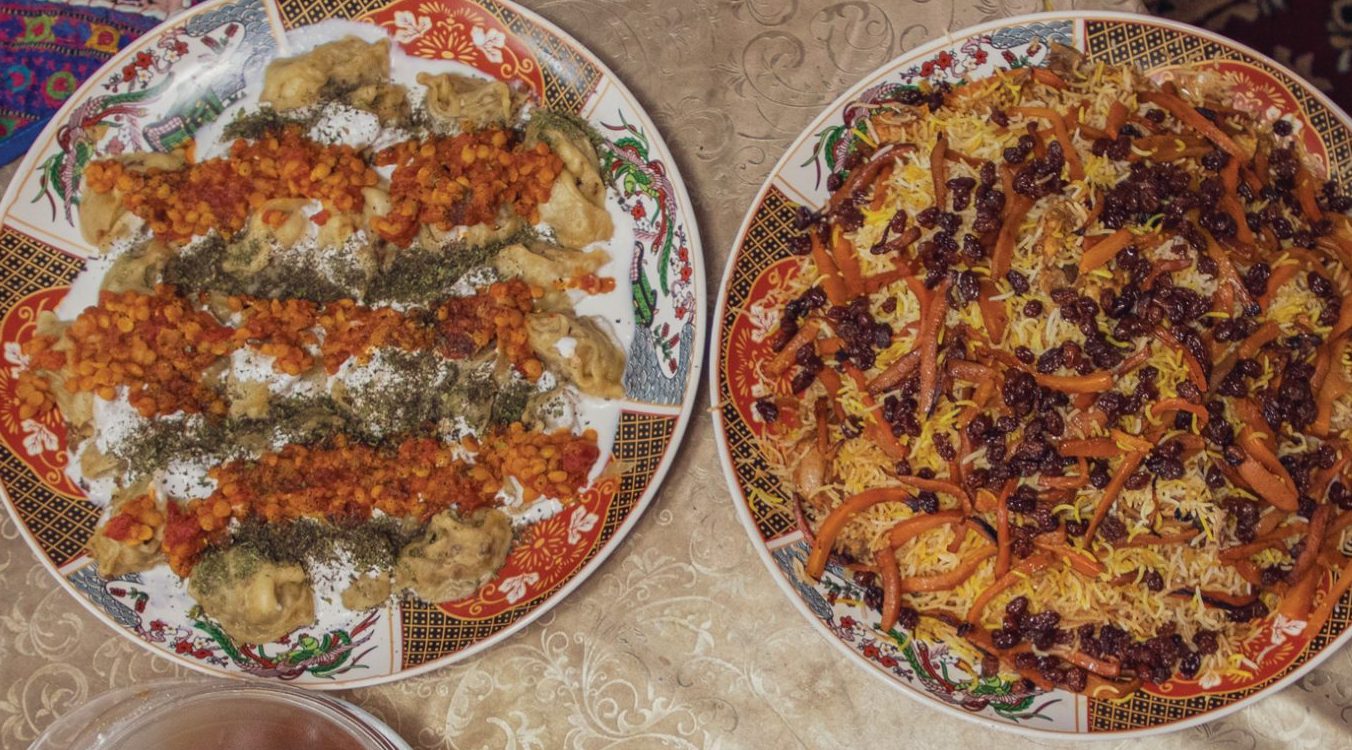
Building a New Home
This exhibition brings attention to a largely invisible and underserved population that lives among us. Refugees arrive in the U.S. with few assets or connections and no jobs. While the U.S. government does offer refugees monetary and other assistance, heads of household must immediately prioritize searching for entry-level employment to afford necessities. An average hourly wage for an entry-level position is $13 or less.The challenges that refugees face when trying to integrate into their new homes are linked first and foremost to language and cultural barriers. Many refugees live with the effects of severe past trauma that are also challenging to address.
Refugees also experience most acutely the shortcomings in infrastructure and social safety nets that affect everyone in a given community. Conversations with refugees in Wichita revealed how larger issues that concern all of us hit refugees and asylees particularly hard. In Wichita, these include lack of a robust public transit system, a shortage of affordable housing, and the high cost of higher education and medical care across the United States.
The exhibition highlights the resilience of refugees and asylees in the face of obstacles and their strong desire and capacity to contribute to their new community. The conversations recorded during research for this exhibition reveal the urgency with which refugees and asylees seek out work and, in their pursuit of the “American Dream,” often accept work that is below their qualifications.
According to the National Immigration Forum, refugees have the highest rates of entrepreneurship among all immigrants, who are generally more likely to start a business than native-born citizens. Refugee parents tend to place great emphasis on education for their children. Refugees also seek and create community. In Wichita, that manifests in participation in religious institutions, including local mosques and the Congolese Christian congregations that worship at several local churches.
Host communities can make a difference along the way to the success of refugee integration by creating a sense of belonging, celebrating diversity, resisting misinformation about other cultures, and proactively seeking ways to help. The selection of the stories and photographs included in the exhibition was made to highlight all these themes, and the public programs planned in conjunction with the exhibition elaborate on them further.

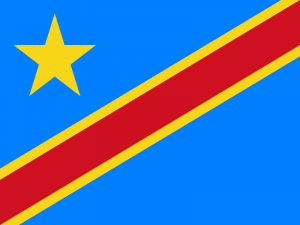
Democratic Republic of the Congo
Native Languages | Kiswahili + French
Time in Wichita | 10 months
This family, originally from South Kivu province, spent years in refugee camps in Malawi before arriving in the U.S. Emigrants from the DRC currently represent the largest group of refugees in the U.S. and Wichita.
The Democratic Republic of the Congo (formerly known as Zaire) is the second-largest country in Africa by area and fourth-largest by population. Colonized by Belgium in the 19th century, the country gained independence in 1960. Since then, it has experienced political instability in the 1960s, a dictatorship between 1965 and 1997, and two civil wars in 1996-1997 and 1998-2003. The Second Congo War is the deadliest conflict of the 21st century. Since 2004, eastern provinces of the country have experienced ongoing fighting between over 100 different armed groups and the government in what is known as the Kivu conflict. According to the UNHCR, the fighting, in addition to threatening people’s basic security and rights, has made the DRC the most food insecure country in the world, with 26.4 million people threatened by hunger in 2022. As of 2022, 5.5 million people were displaced within the DRC due to conflict, and almost 1.1 million had crossed borders to seek asylum.
For another story that dives into the Congolese refugee experience in Wichita, read the recent profile of Gédéon Bahemuka Jino and his family in the Wichita Beacon.
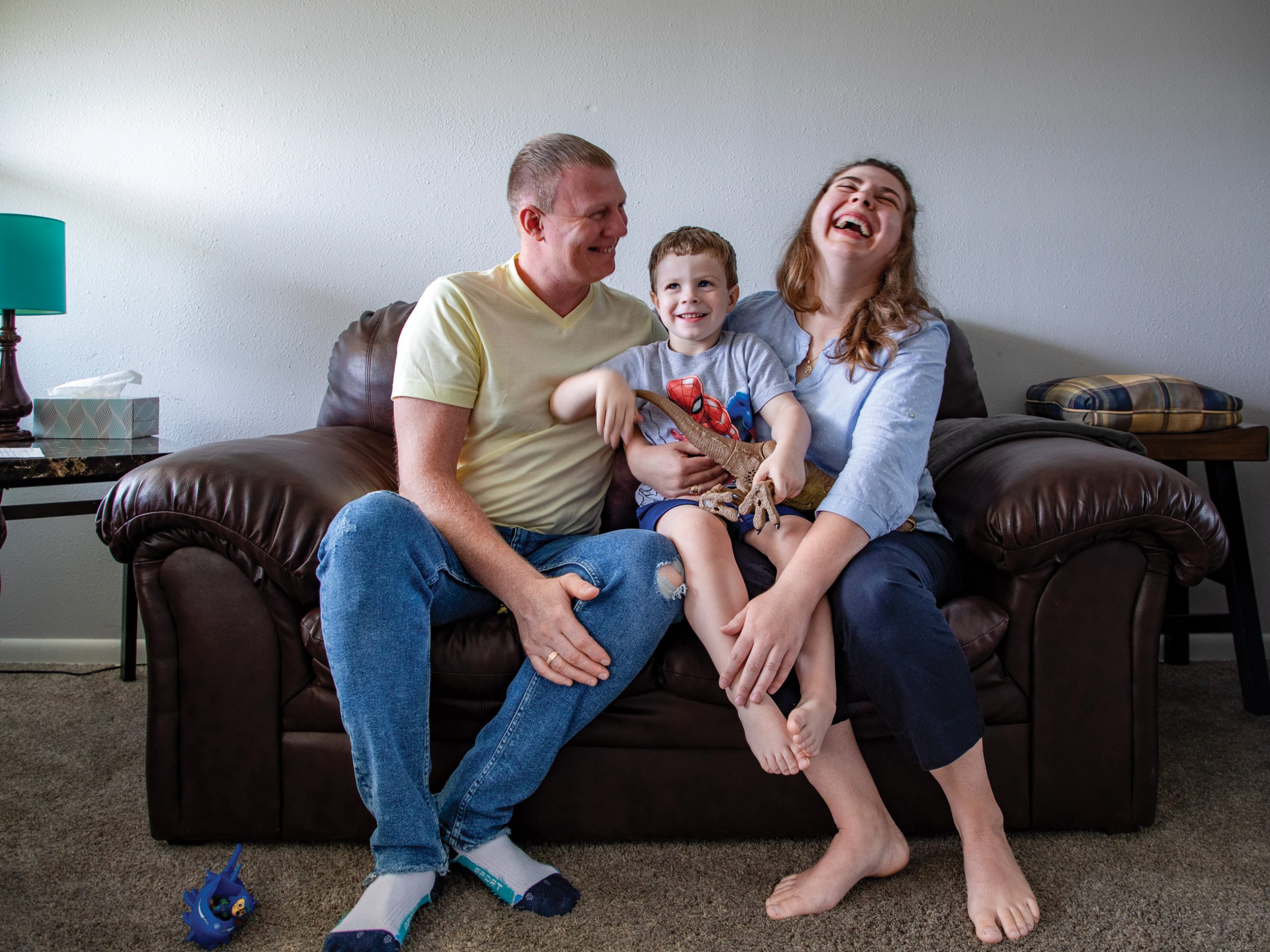

Ukraine
Native Languages | Ukrainian
Time in Wichita | 6 months
This family, originally from Chernihiv, spent a year in Poland before arriving in Wichita in 2023 as part of the U.S. government’s special Uniting for Ukraine program, which allows U.S. citizens to act as sponsors to support the resettlement of Ukrainians displaced by the current ongoing war. Similar humanitarian parole programs also currently exist for citizens of Cuba, Haiti, Nicaragua, and Venezuela.
Ukraine became an independent state in 1991 following the collapse of the Soviet Union. Neighboring Russia first perpetrated aggression on Ukraine in 2014, when it invaded and annexed the Crimean Peninsula in violation of existing international treaties. In 2014, Russia began to arm and back separatists in Ukraine’s eastern Donbas region, leading to eight years of fighting and the creation of two proxy states. On February 24, 2022, Russia began a full-scale invasion of Ukraine, initially attempting to overthrow the government in Kyiv and currently occupying territory in the eastern and southern parts of the country. According to the UNHCR, as of 2023, 5.1 million Ukrainians were internally displaced, and 6.2 million had crossed borders to seek safety. This is more than a quarter of the country’s pre-war population of approximately 41 million.
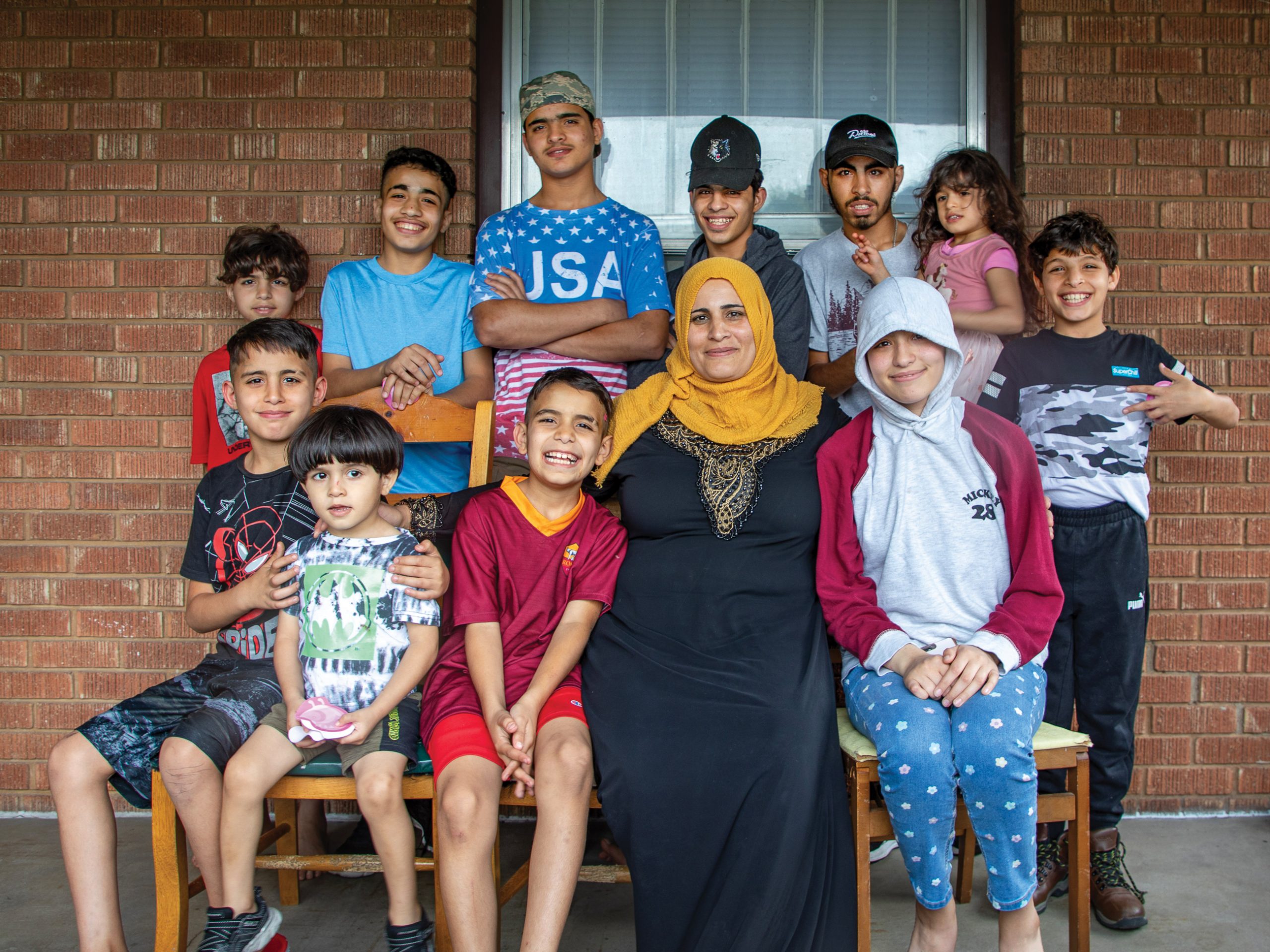
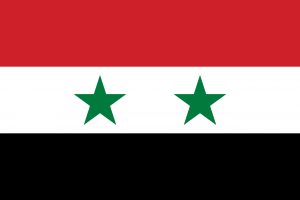
Syria
Native Languages | Syrian Arabic
Time in Wichita | Less than 1 year
Originally from Idlib, this family and their deceased father were internally displaced in Syria. Then they spent 13 years as refugees in neighboring Lebanon—an economically struggling country of 5.5 million people, with an influx of 1.5 million refugees. Political unrest in Syria was part of a larger regional upheaval known as the Arab Spring and began in 2011 with efforts to remove President Bashar al-Assad, whose family has been in power since 1971.
By 2012, the country was experiencing a civil war that continues today. The conflict is the second deadliest war of the 21st century. It has been in a stalemate since 2020, with the al-Asad government regaining control over most Syrian territory and reimposing authoritarian rule. By 2015-2016, an estimated half of Syria’s pre-war population of 21 million was internally displaced to neighboring countries or further away. Over 6 million refugees left Syria, and as of 2022, rates of return were meager.

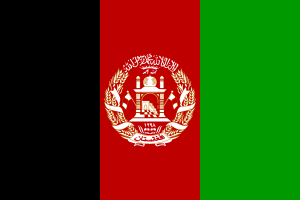
Afghanistan
Native Languages | Pashto
Time in Wichita | 2 years
Originally from Jalalabad, this family arrived in the U.S. in August 2021 during the emergency evacuations of individuals who had assisted the U.S. government and international NGOs in the years of U.S. military presence in Afghanistan.
Afghanistan has experienced continuous warfare since the 1978 communist revolution and the invasion of Soviet troops, which lasted from 1979-1989. Resistance to the invasion led to the rise of the mujahideen, an array of guerrilla Islamist groups. A civil war took place during the early 1990s. By 1996, the country was controlled by the Taliban, a fundamentalist Islamic military group. The Taliban stayed in power until the United States invaded Afghanistan in 2001 following September 11, 2001 attacks. U.S. troops remained in Afghanistan for 20 years until their withdrawal in 2021, when the Taliban quickly returned to power. According to UNHCR, over 40 years of conflict, 8.2 million Afghan refugees have left their country, with most settling in neighboring Pakistan and Iran. There are currently approximately 2.7 million Afghan refugees outside the country. About 76,000 of those are people who reached the U.S. since August 2021; many of them are in legal limbo, however, as are Afghan refugees awaiting processing at sites outside the U.S. Kansas senator Jerry Moran was one of the co-sponsors in July 2023 of the reintroduction of the Afghan Adjustment Act, which would provide immigration assistance and a clear path to permanent legal residency for Afghans who worked for the U.S. government during the last 20 years. The fate of this legislation remains unclear at the moment.
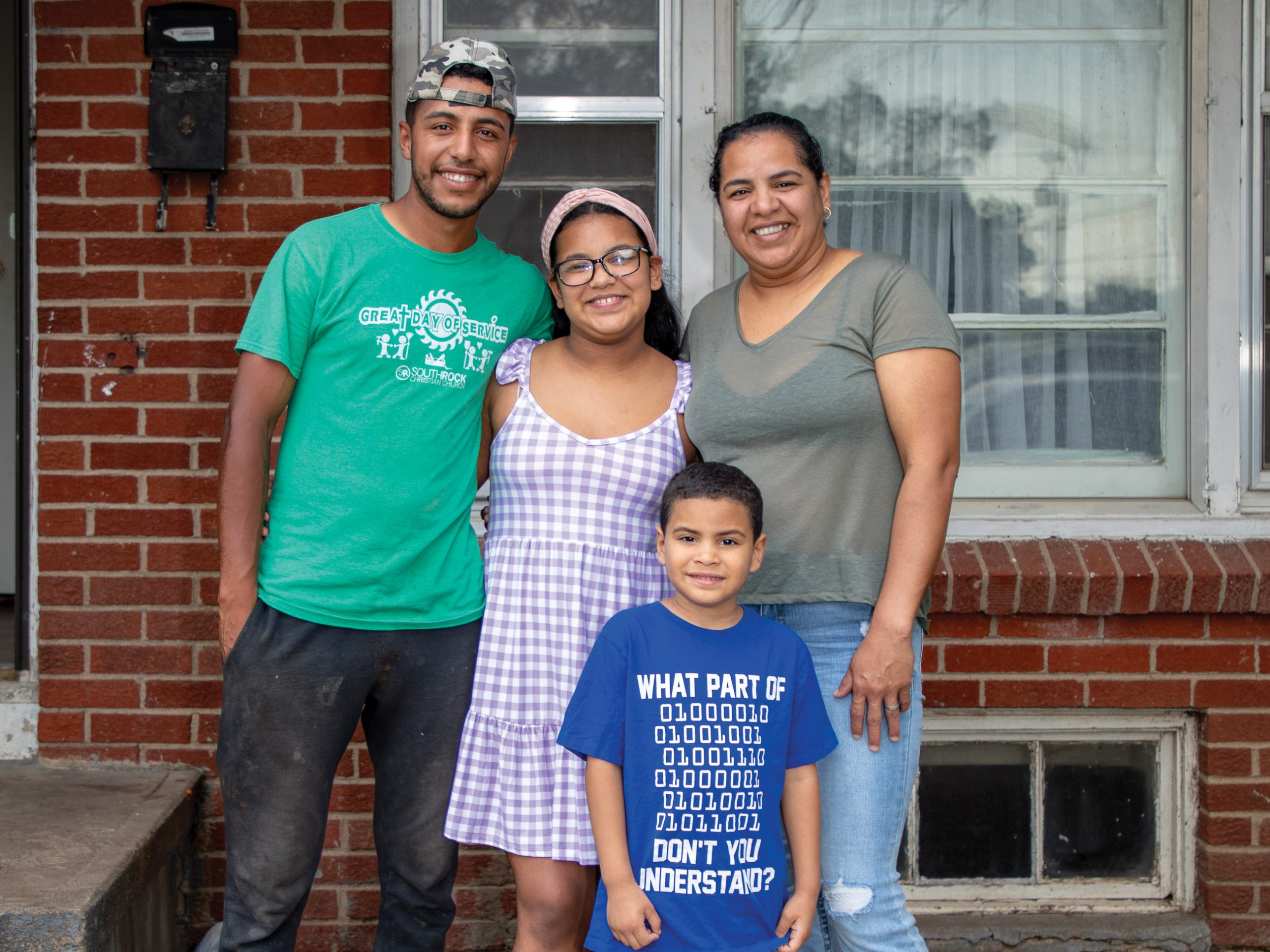
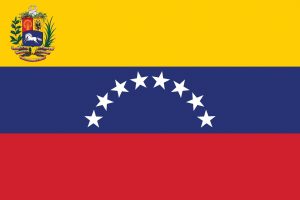
Venezuela
Native Languages | Spanish
Time in Wichita | Less than 1 year
This family spent months living as refugees in Peru and Colombia. They traveled, mainly on foot, to the U.S. border for several months to request asylum. They arrived in the U.S. in 2023 and lived in New York City for seven months before moving to Wichita.
Venezuela faces a socioeconomic and political crisis marked by economic collapse (hyperinflation, high unemployment, shrinking GDP), food insecurity, and rising mortality and crime rates. The crisis began in 2010, during the presidency of Hugo Chávez, and deepened in 2015 under his successor due to such factors as mismanagement, corruption, and the dependence of the Venezuelan economy on oil sales, as well as anti-democratic governance. By 2017, more than half of the population was food insecure. By 2019, 94% of the population lived in poverty. By 2023, more than 7 million people have left Venezuela. The vast majority—over 6 million—have remained in Latin American and Caribbean countries. The exodus of Venezuelans is the largest-ever refugee crisis in Latin America, and the rates of return remain low.
Public Programs
The Center for Educational Technologies to Assist Refugee Learners (CETARL) was formed in October 2020 through a three-year grant funded by Wichita State University. The center is an interdisciplinary team with expertise in linguistics, speech-language pathology, education and gamification, English second language learning, data visualization, and industrial engineering. The mission of CETARL is to provide free, accessible education for all by developing digital game-based learning platforms for children, youth, and adult learners. The center is working to improve the lives of people who resettled in the U.S. as refugees or asylees. The center believes in a holistic approach. For a digital game-based learning platform to be effectively used, the learners need financial support, improved mental health and well-being, healthcare access, and equal education opportunities. The center uses several projects to achieve this, including Project Education for All, Building Bridges, and Cybersecurity for All.
Education for All addresses the issue of providing inclusive and equitable quality education for refugee and asylee learners in the U.S. CETARL has established the Refugee Learning and Resettlement Team through Memoranda of Understanding (MOU) between WSU and community partners who work to alleviate refugee issues in Wichita. Participants in these efforts include WSU, IRC, Kansas Leadership Center, City of Wichita, KMUW, Community Engagement Institute, and Breakthrough Community Church.
After conducting a needs-assessment survey among the African refugees in Wichita, the project team built an innovative, digital game-based learning platform called Gorilla Bay to teach refugee students English and middle school science. It is a role-playing game that provides students with opportunities to learn complex concepts by solving problems and completing quests within the game environment. The game’s four current modules are the solar system, the human body, habitats and ecosystems, and physics.
Designed by WSU alum Alex Smith, a student at the time of design, this game is in beta testing in Kiswahili, Pashto, and Arabic. iOS and Android app versions will be available later this year. A stable release will be available to Wichita Public Schools. This project was awarded the United Way of the Plains Social Innovation Gamechanger award in 2021.
Building Bridges is a literacy and educational program for refugee families in Wichita, led by Dr. Karissa Marble-Flint and funded by the Dollar General Literacy Foundation. It was created to meet refugees’ educational, English language, and literacy needs and to support intercultural competency. The goal is to increase and support literacy among refugee families in Wichita and supplement ongoing ESL classes at IRC and other local agencies.
Cybersecurity for All, led by Dr. Mythili Menon in collaboration with Dr. Murtuza Jadliwala at the University of Texas, San Antonio, and funded by the National Science Foundation, is studying the role of linguistic traits in socially engineered attacks targeting vulnerable populations, such as refugees. A primary goal of this project is to improve digital literacy skills among refugee populations and educate them against socially engineered attacks.
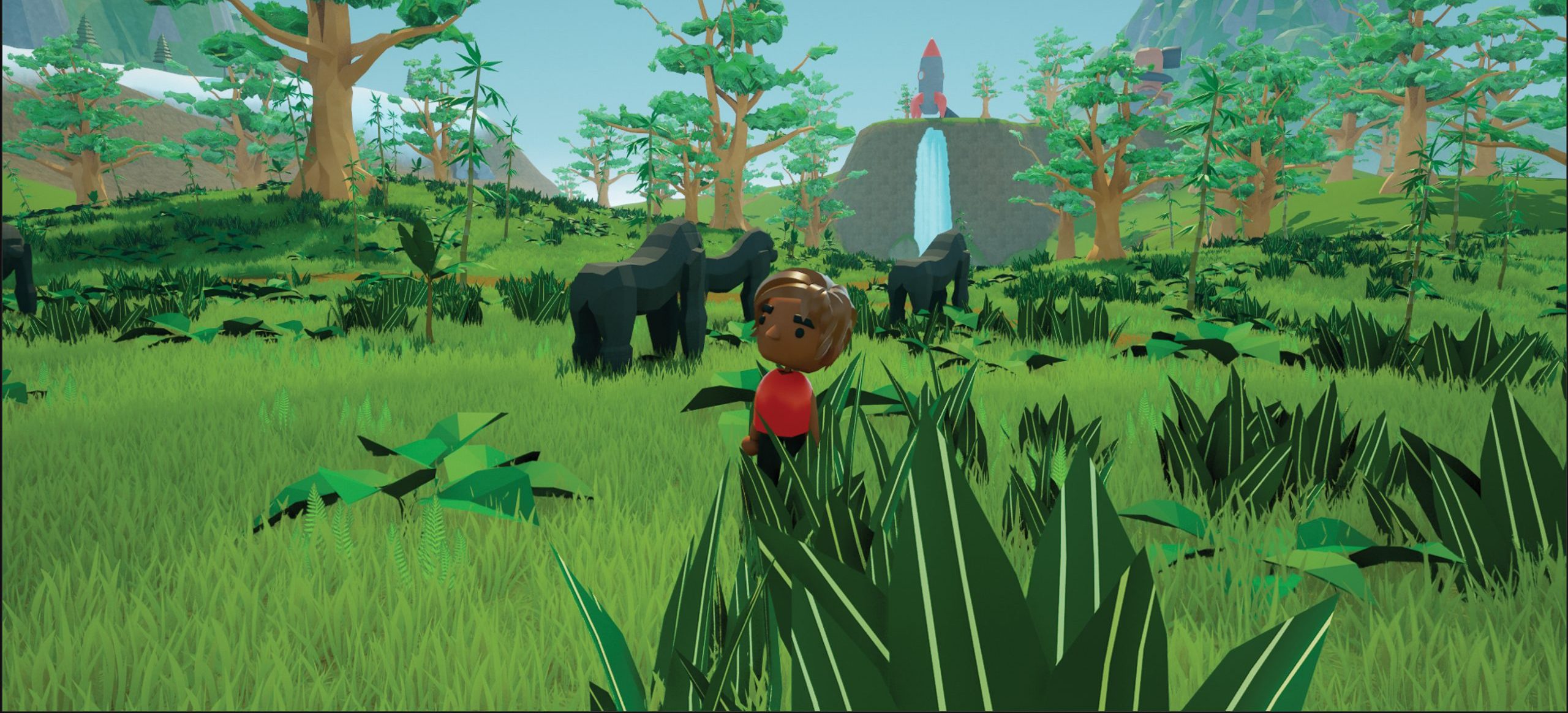
Funding for this project came from the Center for Educational Technologies to Assist Refugee Learners (CETARL), including grant funding from the National Science Foundation.
An in-kind donation from L’image printing services supported this project.
The Ulrich Museum is grateful for the ongoing support of Ulrich Friends with Benefits members, who make the Museum’s exhibitions and programs possible through their UFWB memberships. We also receive funding for general operational support from the City of Wichita and Wichita State University.
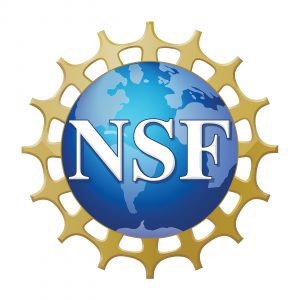

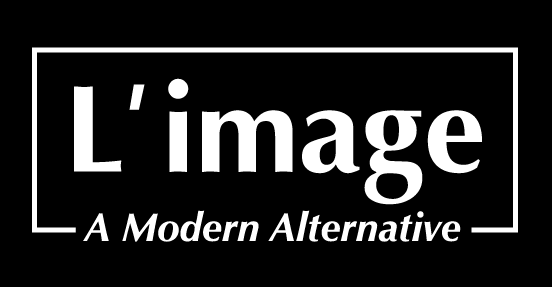

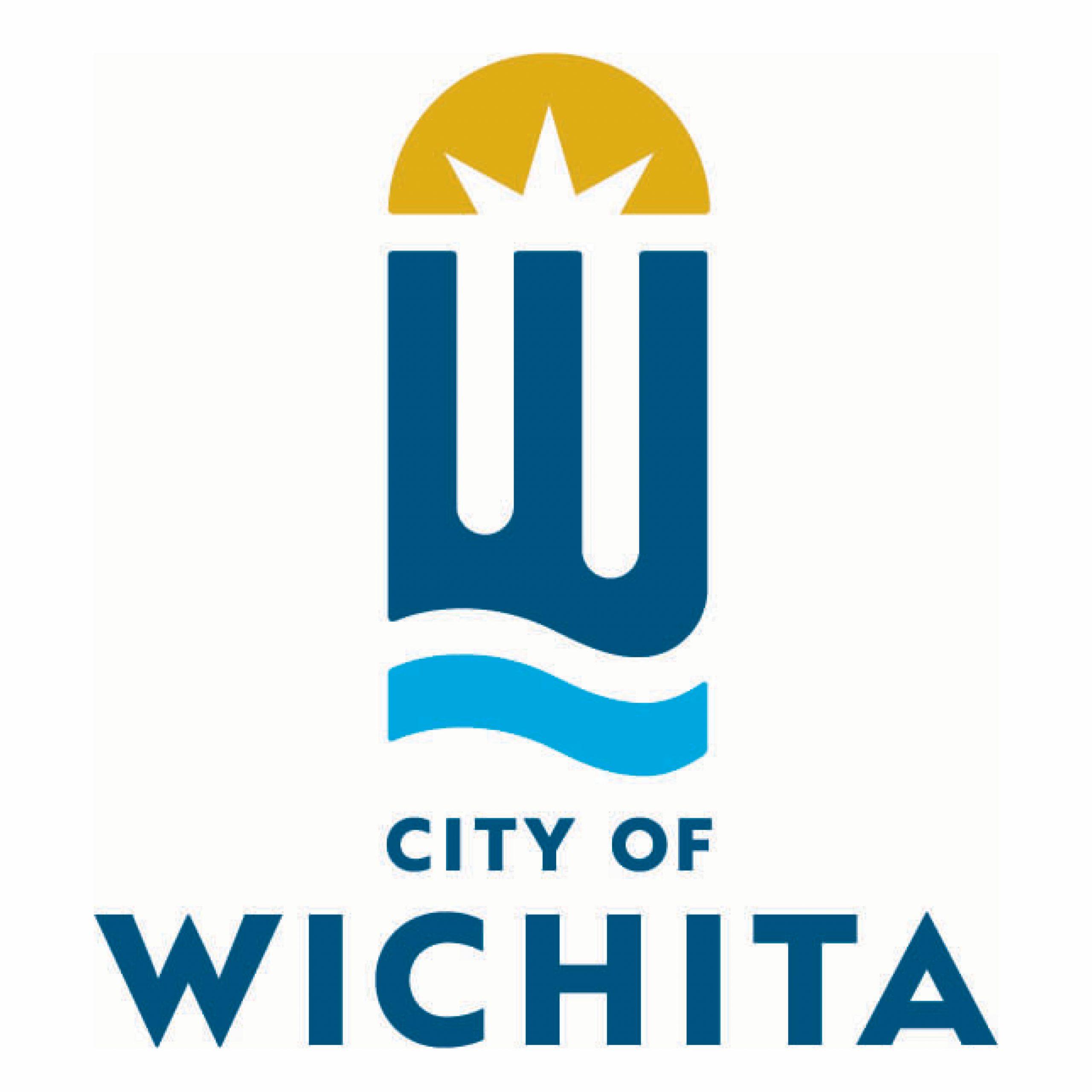
Galyna Golyshevska
Jae Hedrick
Naomie Ilunga
Wissa Malikzai
Jessica Martinez
Jaden Nola
Enid Ortiz
Khadija Ouajjani
Ruth Raymundo
Yeni Silva-Renteria
Jason Rowe
Hannah Shackelford
Alex Smith
Alejandro Palacios Uribe
Olga Vorobieva
Steven Werner
Brochure text may be reproduced under a Creative Commons Attribution Non-Commercial license.
All images except Gorilla Bay still © Kendra Cremin.
